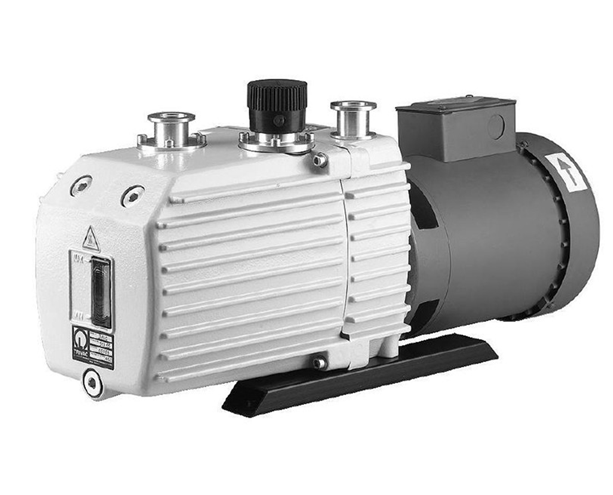Methods to prevent vacuum pump overload
The methods to prevent vacuum pump overload mainly include the following aspects:
1. Reasonable selection of pump type and specifications
Select according to demand: According to the specific needs of the vacuum application, select the appropriate vacuum pump model and specifications to ensure that its working range is within the acceptable range. Different models of vacuum pumps have different maximum pumping speeds and maximum compression ratios, which need to be selected according to the specific situation.
2. Control the pumping speed and load
Reasonable control of the pumping speed: When using a vacuum pump, you should know the characteristics of the evacuated container in advance and control the pumping speed reasonably. Excessive pumping speed may cause equipment overload, so appropriate adjustments are required.
Segmented pumping: For large or complex vacuum systems, the number of vacuum pumps can be increased and the pumping can be performed in segments to reduce the load of each vacuum pump.
3. Install protective devices
Use automatic pressure regulating bypass valve: Install a mechanical automatic pressure regulating bypass valve between the outlet and inlet of the vacuum pump. This valve can control the pressure difference between the inlet and outlet of the pump to not exceed the rated value. When the pressure difference reaches the rated value, the valve automatically opens to connect the outlet and inlet of the vacuum pump, reduce the pressure difference, and make the vacuum pump work under almost no pressure difference. When the pressure difference is lower than the rated value, the valve automatically closes, and the gas is pumped away by the front pump through the vacuum pump.
Use pressure sensitive elements: Place pressure sensitive elements such as vacuum membrane box relays or electric contact vacuum pressure gauges at the inlet pipeline of the vacuum pump. These elements can monitor the pressure at the inlet of the pump and send a signal when the pressure exceeds or falls below the set value. The vacuum pump is controlled to open or close through the electrical control system, thereby protecting the vacuum pump from overload damage.
4. Strengthen cooling and heat dissipation
Install cooling devices: The vacuum pump will generate a certain amount of heat when working. If the heat cannot be dissipated in time, it may cause the pump body to overheat, thereby affecting the performance and life of the pump. Therefore, cooling devices such as water cooling systems or fan cooling systems can be installed to enhance the cooling effect of the pump.
Pay attention to the working environment temperature: The working environment temperature of the vacuum pump will affect it. When using a vacuum pump in a high temperature environment, cooling measures need to be taken, such as adding heat sinks or installing cooling devices, to ensure that the pump body temperature is within the normal range.

5. Regular inspection and maintenance
Regular inspection: Regularly check the working status of the vacuum pump, including the operation of the motor, the switch status of the air valve, whether there is water accumulation in the pump body, etc. Timely detection and treatment of problems can avoid the expansion and deterioration of problems.
Maintenance: Regular maintenance of the vacuum pump, including replacement of wearing parts, lubrication parts, etc. Keeping the equipment clean and in good condition can extend the service life of the equipment and improve its working efficiency.




